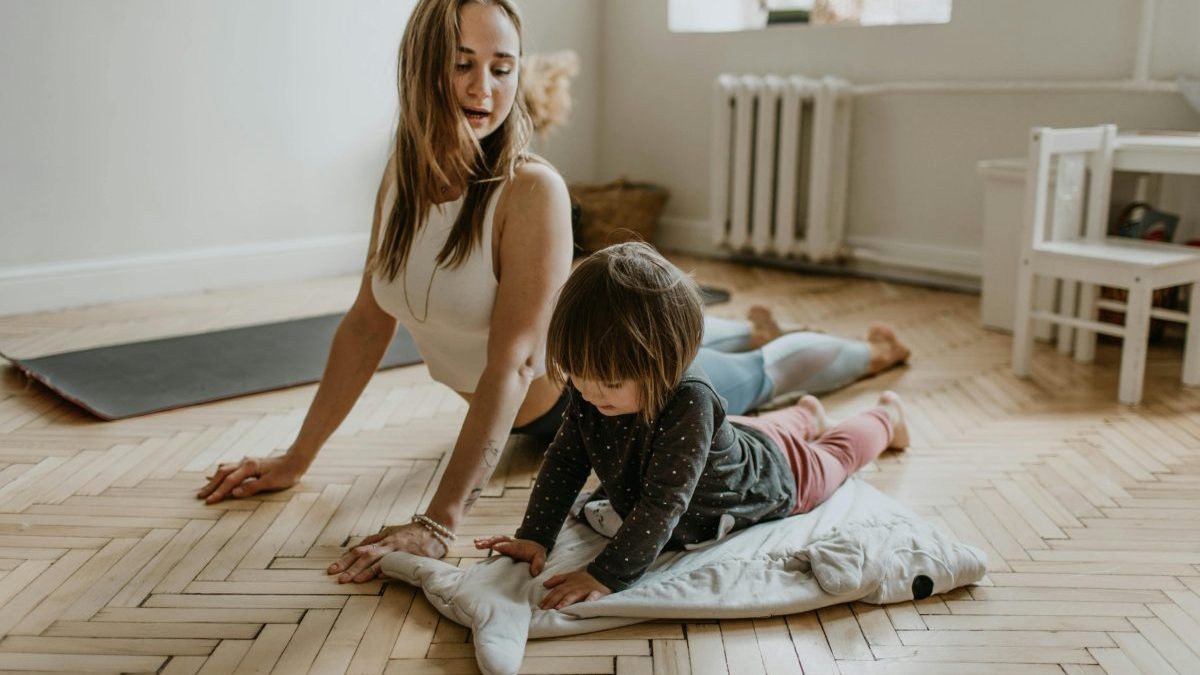Last Updated on: 14th July 2024, 09:04 am
Introduction to Home Workouts
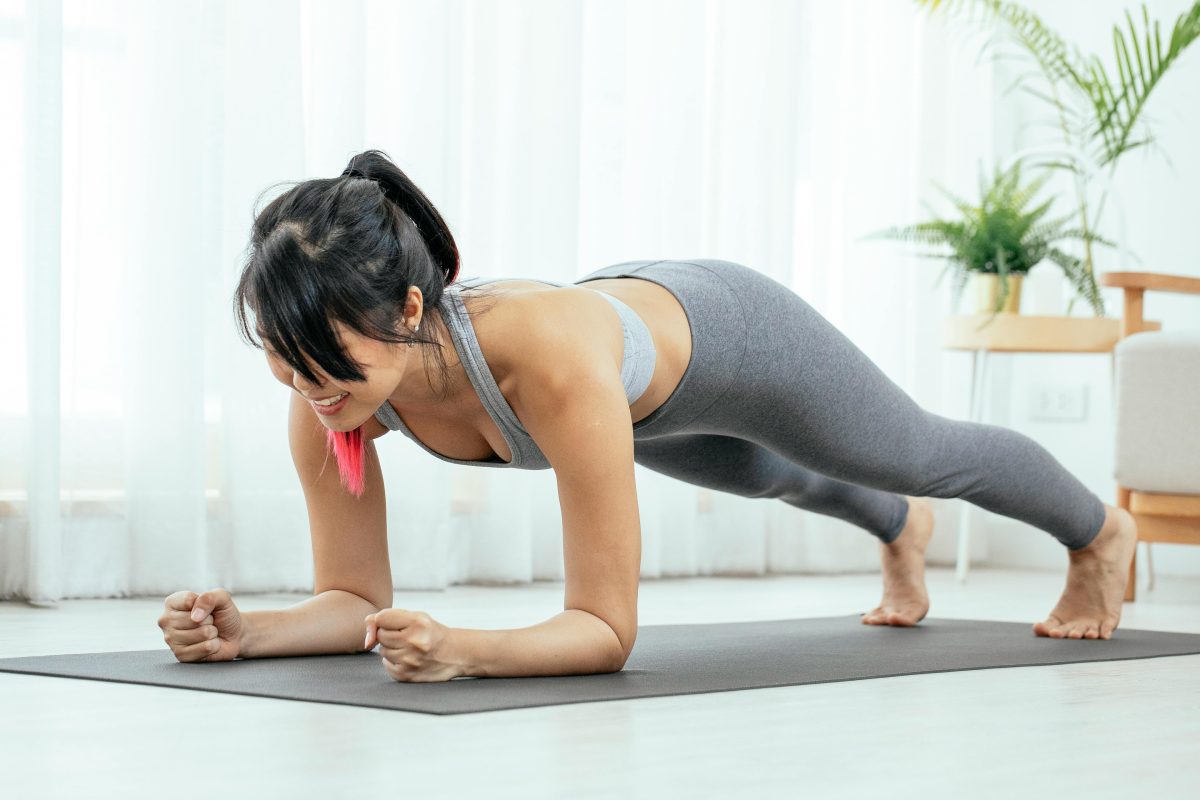
The allure of exercising from the comfort of one’s own home has seen a meteoric rise in popularity. This surge is not without good reason. Home workouts offer unparalleled convenience, eliminating the need to commute to a gym. They are cost-effective, sparing individuals the expense of hefty gym memberships. Moreover, they provide a level of privacy that is often absent in public gym settings, allowing for a more personal and focused exercise experience.
- Convenience: No commute necessary.
- Cost-effective: Saves on gym memberships.
- Privacy: Allows for a focused exercise experience.
Creating effective home workout routines is both an art and a science. It begins with understanding one’s personal fitness goals, be it weight loss, muscle building, or enhancing overall health. The next step involves selecting exercises that not only align with these goals but also can be performed safely within the available space. Incorporating a variety of exercises ensures that the routine remains engaging and targets different muscle groups, maximizing the benefits of the workout.
With a thoughtful approach, home workouts can be just as effective, if not more so, than their gym-based counterparts. The key lies in consistency, dedication, and the intelligent design of the workout routine. By harnessing the benefits of exercising at home, individuals can achieve their fitness goals in a way that is both enjoyable and sustainable.
Understanding Your Fitness Goals
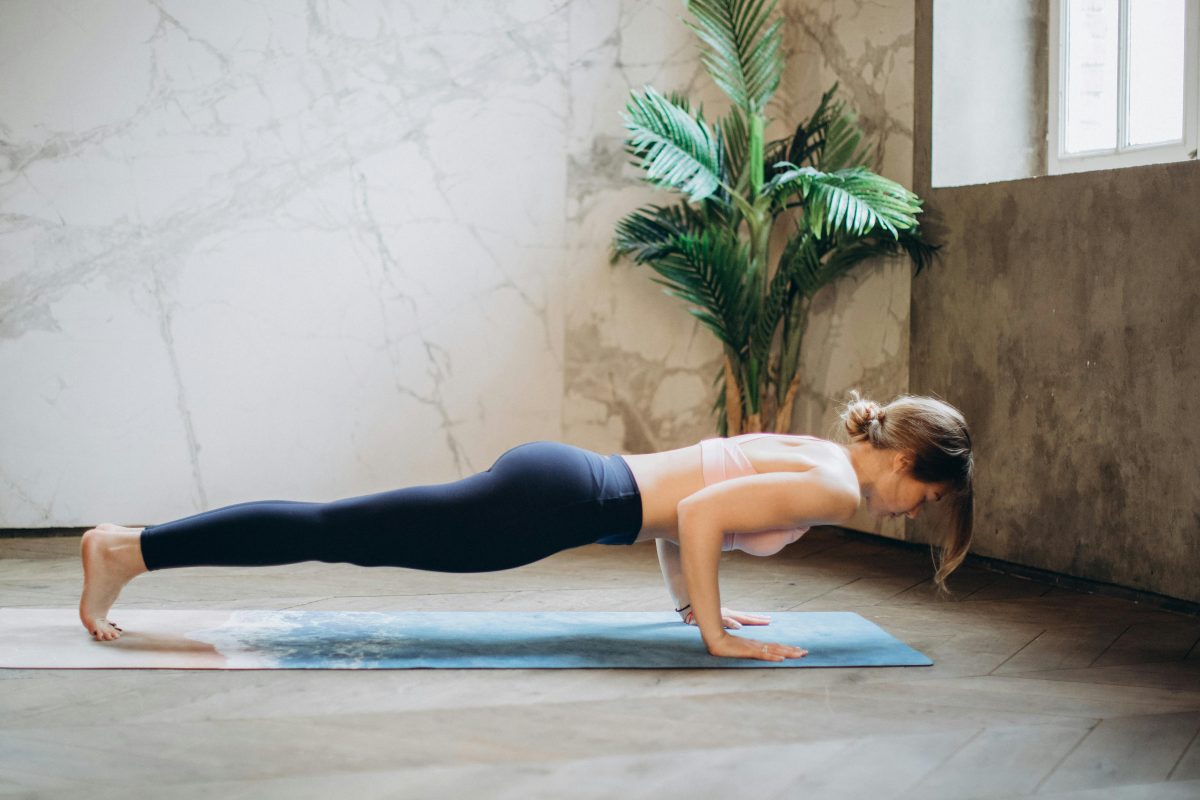
Identifying specific fitness objectives is the cornerstone of any successful workout plan. Whether your aim is weight loss, muscle building, or boosting endurance, clarity in your goals is paramount. This clarity not only fuels your motivation but also guides the selection of exercises, ensuring each movement propels you closer to your aspirations.
- Weight Loss: Focus on cardiovascular exercises and strength training.
- Muscle Building: Prioritize resistance training, increasing intensity over time.
- Endurance: Engage in prolonged activities to push stamina limits.
Setting realistic and achievable targets is equally crucial. Ambitious goals can inspire, but they should also be attainable, allowing for incremental victories that keep motivation high. This balance ensures that your home workouts not only challenge you but also reward your efforts, making the journey towards fitness both fulfilling and sustainable.
Ultimately, the structure of your workout and the exercises you select should mirror your fitness goals. This alignment is essential for crafting a home workout that not only works but also excites and motivates. With each exercise carefully chosen to advance your objectives, your home becomes a sanctuary of personal achievement, where every sweat-drenched session moves you closer to your ultimate fitness aspirations.
Designing Your Home Workout Space
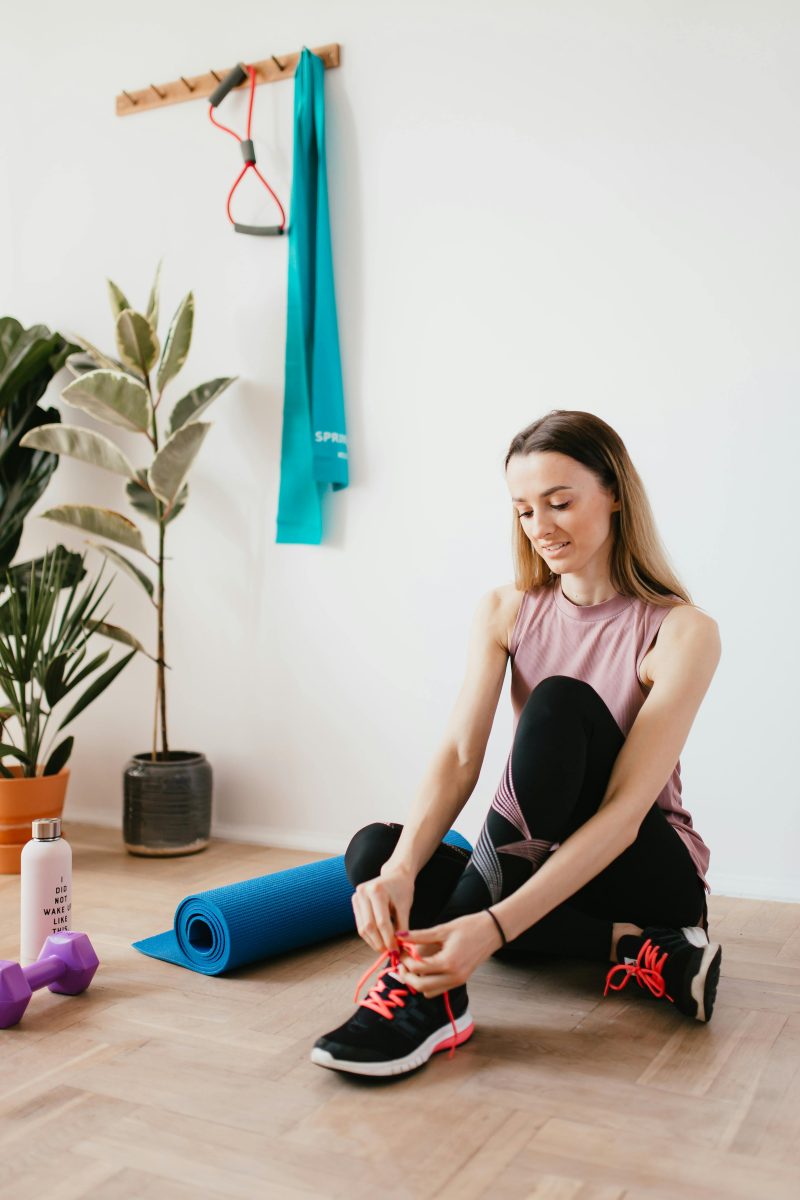
Choosing the Right Location: Space Considerations and Environment
Finding the perfect spot in your home is the first step to creating an effective workout area. It should be a place where you can move freely, without constraints. Whether it’s a spare room, garage, or a corner in your living room, the space must accommodate your activities comfortably. Natural light and fresh air can enhance your workout experience, making the environment more inviting and energizing.
Essential Equipment for a Versatile Home Gym: From No-Equipment to Minimal Investment Options
- No-equipment exercises: Start with bodyweight workouts.
- Minimal investment: Add resistance bands, a yoga mat, and dumbbells.
Creating a Motivating and Distraction-Free Environment
- Motivation: Add a mirror, motivational quotes, and a dedicated playlist.
- Focus: Minimize distractions, possibly making it a phone-free zone.
Designing your home workout space with careful consideration of location, essential equipment, and the creation of a motivating environment sets the stage for effective and enjoyable fitness routines. By tailoring this space to your personal preferences and goals, you cultivate a haven that beckons you to pursue your health and wellness journey with vigor and determination.
Crafting Your Workout Plan

Creating a balanced workout plan is crucial for achieving comprehensive fitness results. This balance involves integrating various types of exercises: cardio for heart health, strength training for muscle building, flexibility exercises for a wider range of motion, and balance activities to enhance stability. This multifaceted approach ensures a well-rounded fitness regimen.
To keep the spark alive in your fitness journey, incorporating variety is key. Mixing different exercises prevents boredom and helps overcome plateaus by continuously challenging the body in new ways. This variety can come from alternating workout routines, trying new exercises, or adjusting the intensity and duration of your workouts to match your evolving fitness levels and goals.
- Weight Loss: Combine high-intensity cardio with strength training.
- Muscle Building: Focus on resistance training with weights or bands.
- Flexibility and Balance: Incorporate yoga or Pilates for core strength.
Ultimately, the success of a home workout plan lies in its ability to be both challenging and enjoyable. By carefully selecting exercises that align with your goals, and by introducing variety and adjusting intensity, you can create a personalized workout routine that keeps you motivated, engaged, and moving steadily towards your fitness aspirations.
Nutrition and Recovery: Fueling and Healing Your Body

Nutrition plays a pivotal role in achieving workout goals. It’s the fuel that powers your sessions and the building block for muscle recovery and growth. Without the right nutrients, your body can’t perform at its peak, nor can it repair itself effectively after a strenuous workout. This is why integrating a balanced diet is as crucial as the workout itself.
Basic nutritional guidelines for energy and recovery emphasize a mix of carbohydrates, proteins, and fats. Carbohydrates are your body’s primary energy source, essential for fueling both low and high-intensity workouts. Proteins are vital for muscle repair and growth, helping you to recover after exercise. Fats, often misunderstood, are also necessary for long-term energy and hormone production, which supports overall health and fitness.
Hydration is another key aspect, often overlooked. Water supports every metabolic function and nutrient transfer in the body and is essential for optimal performance and recovery.
Rest and recovery days are not a sign of weakness but a critical component of any fitness regimen. They allow your muscles to heal, preventing injuries and ensuring your progress doesn’t stall. Overtraining can lead to burnout and injuries, setting you back rather than propelling you forward. Embrace rest days as an opportunity for your body to regenerate and grow stronger.
Integrating these nutritional guidelines and respecting the importance of rest and recovery will not only enhance your performance but also ensure your fitness journey is sustainable and enjoyable. Remember, achieving your workout goals is not just about the exercises you do but also about how you fuel and care for your body.
Staying Motivated and Tracking Progress
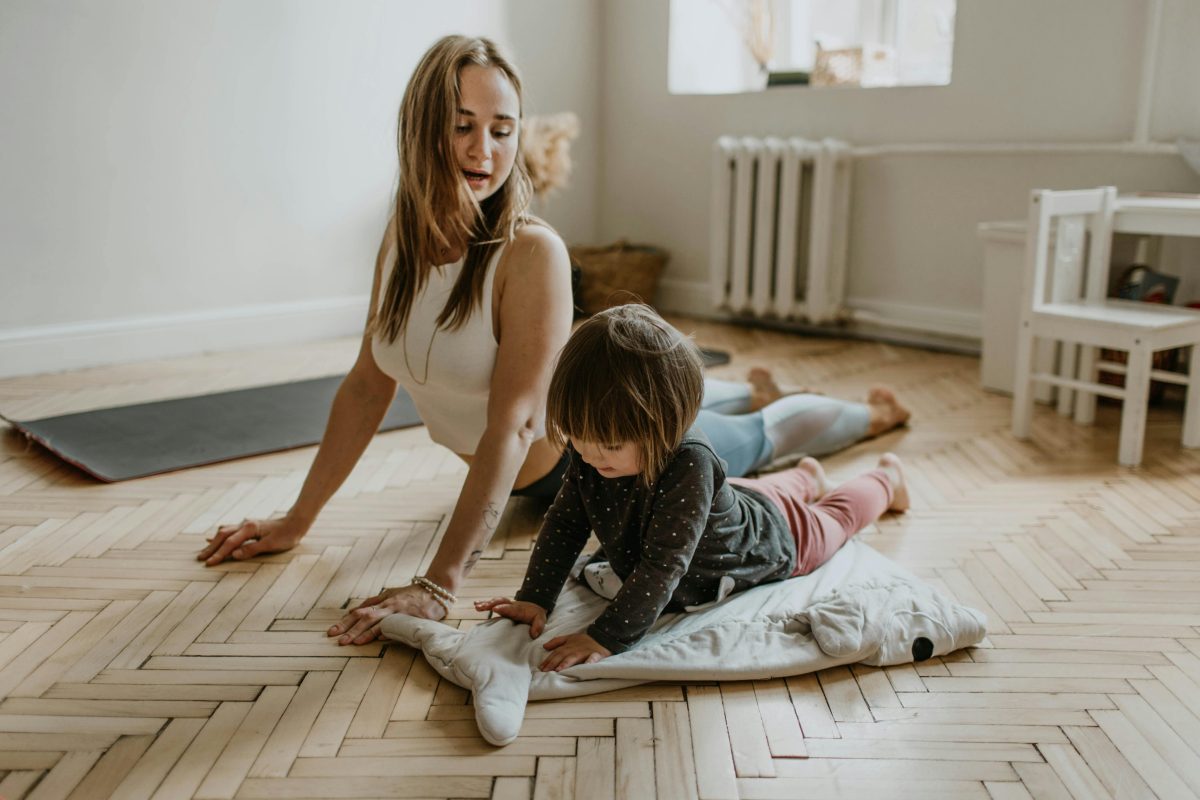
Establishing a routine is the bedrock of any successful home workout program. Consistency breeds results, and a well-structured routine ensures you’re hitting your targets day after day. It’s about creating habits that, over time, become second nature, propelling you towards your fitness goals with unwavering momentum.
Technology can be a powerful ally in this quest. Fitness apps offer a plethora of tools to track progress, from logging workouts to visualizing gains. They provide instant feedback and a historical record of your journey, celebrating your milestones and keeping you accountable. Moreover, these apps often include reminders and motivational prompts, ensuring you stay on track even on days when your resolve wavers.
- Community Support: Sharing the journey with others, whether online or in person, can significantly boost your motivation. The camaraderie, competition, and support from workout buddies transform a solitary activity into a shared endeavor.
- Technology: Utilize fitness apps for tracking progress, setting reminders, and staying motivated through visualizing your achievements.
- Routine: Establish a consistent routine to create lasting habits that propel you towards your fitness goals.
Ultimately, the combination of a solid routine, the smart use of technology, and the support of a community can elevate your home workouts from a chore to a highlight of your day. These elements work in concert to keep you focused, driven, and excited about the progress you’re making, ensuring that your home workouts are not just effective, but also a source of joy and pride.
Overcoming Common Challenges
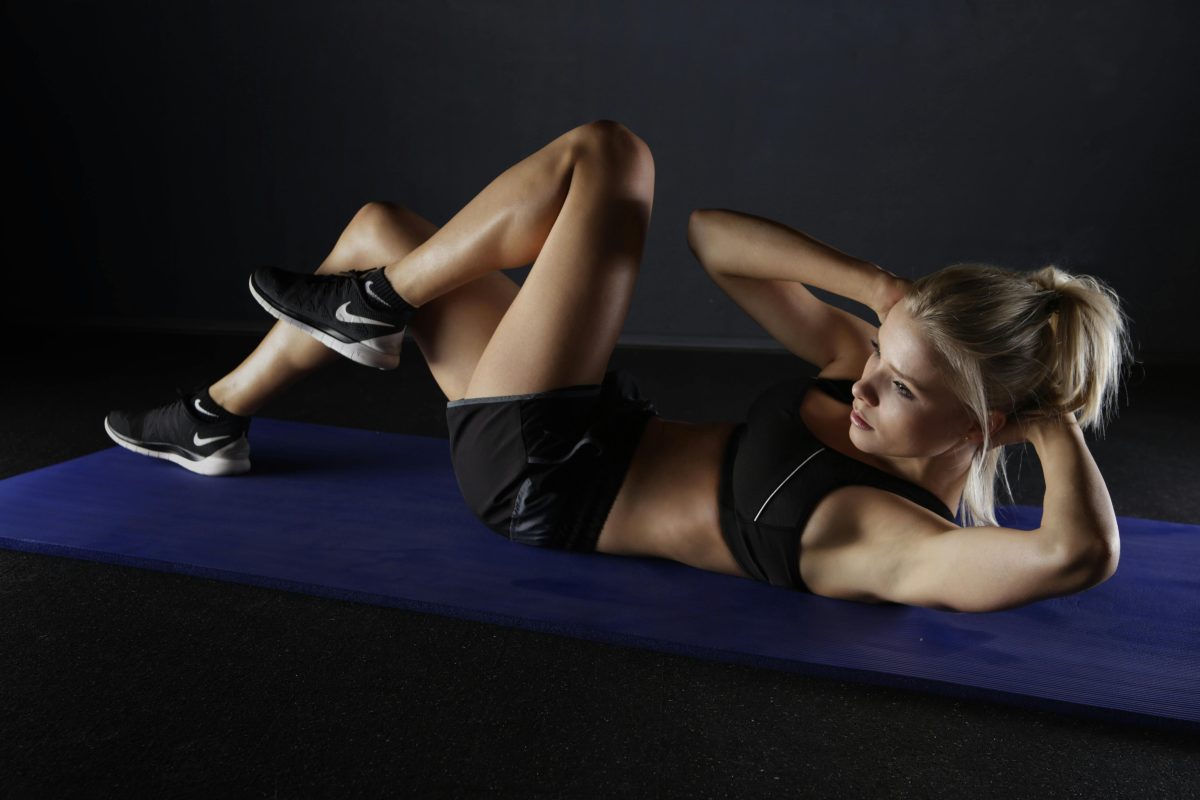
- Limited Space and Equipment: Get creative with bodyweight exercises like push-ups, squats, and lunges. Incorporate compact and versatile equipment like resistance bands and dumbbells as possible.
- Maintaining Motivation: Set clear, achievable goals and track your progress. Celebrate every milestone and keep your spirits high with a playlist of energizing songs. Remember, consistency is key.
- Adjusting Your Plan: Be flexible with your routines and listen to your body. Modify exercises as needed and focus on what you can do, especially when facing setbacks.
- Increasing Intensity Safely: Incorporate interval training, add weights, and try new exercises. Always prioritize form over speed or weight to prevent injury and gradually increase the challenge.
By embracing these strategies, you can create a home workout routine that not only adapts to your unique circumstances but also keeps you engaged and progressing towards your fitness goals. Remember, the journey to fitness is personal and evolving. What matters most is taking that first step and then the next, consistently.
In Closing
Home workouts forge fitness resilience. They blend convenience with effectiveness, creating a personal fitness haven. This journey, balancing challenges with triumphs, empowers individuals to craft routines that resonate with their goals, space, and lifestyle. Embrace this path to wellness, leveraging community and technology for support and inspiration, and discover the strength within to achieve and surpass your fitness aspirations.
Creating Home Workouts That Work FAQs
Home workouts can be just as effective as gym workouts if they are well-planned and incorporate a variety of exercises that target all major muscle groups. The key is to maintain consistency and progressively increase the intensity or resistance of your workouts. With the right approach and dedication, you can achieve significant fitness gains from the comfort of your home.
You can incorporate strength training into your home workouts without heavy weights by using bodyweight exercises, resistance bands, or household items as improvised weights. Exercises like push-ups, squats, lunges, and planks are effective for building strength using just your body weight. Creativity with what you have at home, such as using water bottles or packed bags as weights, can also add variety to your strength training routine.
Staying motivated to stick with your home workout plan can be achieved by setting clear, achievable goals and tracking your progress. Mixing up your routine regularly can keep exercises interesting and prevent boredom. Additionally, joining online fitness communities or finding a workout buddy can offer support and accountability.
To ensure you’re performing exercises correctly at home, use online resources such as videos from certified fitness professionals to learn proper form and technique. Recording yourself and comparing your form with that of professionals can help identify areas for improvement. Additionally, listening to your body and adjusting as needed to avoid pain or discomfort is crucial.
To start creating a home workout routine, identify your fitness goals and the available space and equipment you have. Consider incorporating a mix of cardiovascular exercises, strength training, and flexibility workouts to create a balanced routine. It’s also important to plan your workout schedule, ensuring you include rest days for recovery.
You should consider changing your home workout routine every 4 to 6 weeks to prevent plateaus and maintain progress. Altering your routine can involve varying the exercises, adjusting the intensity, or changing the workout format. This keeps your muscles challenged and your workouts engaging, helping to sustain motivation and results.
Effective cardio exercises you can do at home include jumping jacks, high knees, burpees, and running or marching in place. These exercises require no equipment and can be easily modified to increase or decrease intensity. Incorporating intervals, where you alternate between high-intensity bursts and recovery periods, can also boost the effectiveness of your cardio workout.
For an effective home workout, basic equipment like resistance bands, a yoga mat, and dumbbells can greatly enhance your exercise routine. However, many exercises can be performed with body weight alone, offering flexibility and convenience. Investing in quality, versatile equipment can save space and provide a wide range of exercise options.
The best way to warm up before a home workout is to perform dynamic stretches and light cardio exercises for 5 to 10 minutes. Activities like arm circles, leg swings, and jogging in place gradually increase your heart rate and prepare your muscles for more intense activity. A proper warm-up can reduce the risk of injury and improve your overall workout performance.
The best way to cool down after a home workout is to perform 5 to 10 minutes of low-intensity cardio followed by static stretching. Gentle activities like walking or slow cycling help gradually lower your heart rate, while stretching helps relax and lengthen the muscles worked during your session. This combination aids in recovery, reduces muscle soreness, and improves flexibility.
Orlando is a all round athlete from Australia, now resident in Germany. His sports of passion of American Football(Offensive line), weight training and indoor rock climbing where he uses his 195cm wing span to his advantage.

